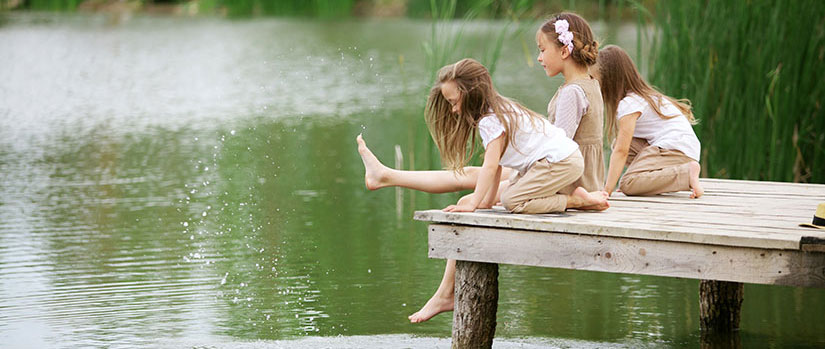Surface water sources range from lakes and ponds, to springs, to rivers and creeks. Regardless of the source, similar natural contaminants are to be anticipated and must be addressed by water treatment prior to consumption.

Surface water is exposed to the environment, so it can be contaminated by human and animal activity. Cryptosporidium parvum and Giardia lamblia, two common protozoan cysts, are microorganisms introduced to a water source through fecal contamination. These cysts can cause illness, specifically severe gastroenteritis. Viruses, another microbial contaminant, are prevalent in surface waters.
The main aesthetic water quality issues for surface water are color and turbidity.
Color in water can be attributed to tannins, which are fulvic and humic acids. Tannins derive from the decomposition of organic material. If you consider lake water and what it’s exposed to – weeds, fish, tree branches, leaves, etc. – you can easily imagine how tannin concentrations arise.
Lakes will have different levels of tannins. If the tannin level is very high, you'll be able to detect color simply by filling a glass with the water. Lower levels are more difficult to detect, and you may not see the color unless you were to fill a white bath tub.
Turbidity is the result of solid matter being suspended in the water and making it appear cloudy. If you turn on a faucet and fill a glass of water and notice particulate matter settling to the bottom of the glass, you have turbid water. Turbidity is typically considered an aesthetic issue, however it's important to recognize that pathogens in turbid water can be shielded from UV light used in the treatment process.
But remember, just because water is visibly clear DOES NOT mean that it is clean or safe to drink!
Surface Water Contamination